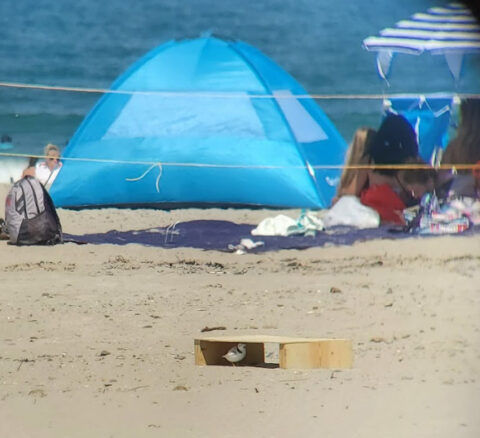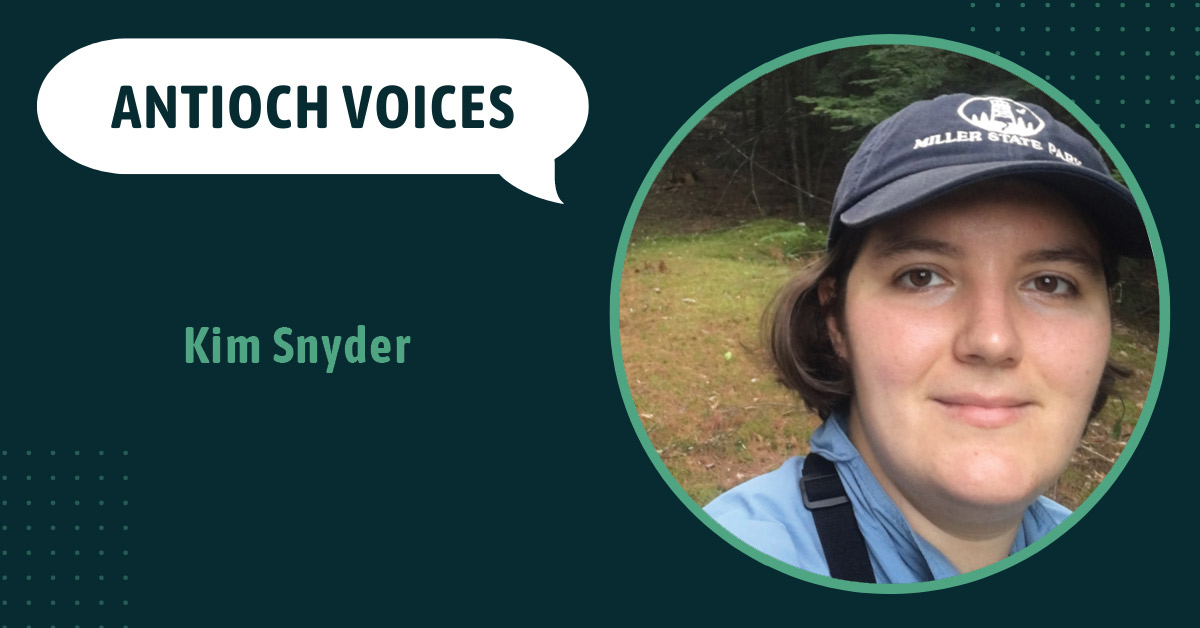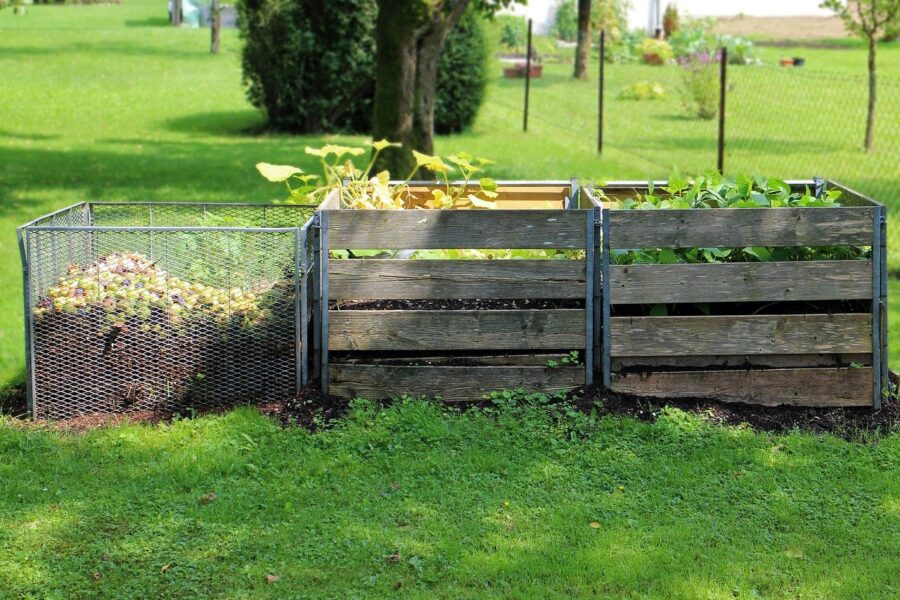This essay is part of Antioch Voices, a forum for Antiochians to speak out about issues important to them. Opinions expressed here belong to the author alone and do not necessarily reflect the official position of Antioch University. If you’d like to share your own voice, the first step is to send a short description of what you are planning to write about to [email protected].
Take notice and take action.
It was care that spurred change.
This year marks the 50th Anniversary of the landmark Endangered Species Act. Signed in 1973, this bill arose after more than a decade of advocacy and litigation from scientists, writers, and concerned citizens who noticed sharp declines in iconic wildlife species. As living memory at the time had already witnessed the extinction of seemingly ubiquitous species like the passenger pigeon and the sharp decline of the American bison, many feared that if action was not taken, we would lose cherished beings like elegant sandhill cranes, industrious American beaver, and stoic American bison forever. The bill became a standard for conservation efforts around the world, inspiring other national and international efforts to safeguard wildlife threatened by human actions.

Today, the phrase “endangered species” typically evokes such charismatic megafauna as giant pandas, Asian elephants, and Right whales. Or perhaps our nation’s symbol, the Bald eagle – which, as of 2007, has been removed from the endangered species list – comes to mind.
Seeing a rare species like a panda or a tiger might only involve a trip to a zoo. Or perhaps a trip outside? Conservation struggles exist much, much closer than that. Often right in your own backyard.
My first exposure to such encounters came in the form of someone simply pointing out to me what had been in my neighborhood for years. I grew up along the Hudson and Croton Rivers in New York, which at the time were still considered little more than toxic waste embarrassments of previous decades’ industry. But the first time someone gestured for me to look through a spotting scope, I understood those rivers a little better. I beheld a bald eagle sitting high above the conjunction of those two rivers. Surveying his territory as a little fluffy head poked up from the nest below him.
Instantly, the need to clean up those rivers was made (if you’ll pardon the expression) crystal clear to my young mind.
It was the first time I realized that conservation was local as well as national. These (at the time) endangered birds weren’t just pictures in a magazine or in an enclosure in a zoo. They lived in my neighborhood too.
In the years since that first spotting scope, I have moved to New Hampshire and rediscovered this framework for conservation where our local wildlife species are concerned.
New Hampshire is home to over 50 threatened and endangered wildlife as well as over 60 species of special conservation concern. These range from infrequent visitors to the state like the Eastern wolf, to homebodies like marbled salamanders, to isolated unique populations of White Mountain Fritillary and White Mountain Arctic butterflies endemic to the alpine zone in the White Mountains.
Our neighborhood imperiled species are in backyards, crossing local roads, running along their beaches. As they do across the world, threatened and endangered wildlife call many of the spaces claimed by humans as their habitat in New Hampshire. And every day, their conservation stories are tenuously playing out across shared landscapes, often unseen and unremarked on.

This conflict is laid out in stark reality on NH’s most popular beaches, which provides the only breeding habitat for the endangered piping plovers. Plovers were the first endangered species I worked with directly, hauling myself out of bed at 3 in the morning one summer to catalog their nesting success and failures in the pre-dawn light. Perhaps it is just my fondness for birds in general, but I never minded the early wake-ups or the solitude of that job.
A plover undisturbed is a mystical experience. A ball of feathers and peeping sounds hovering over the sands. Staring as if lost in thought before suddenly breaking into a dead sprint toward an invisible meal buried in the sand. The chicks are little more than agitated cotton balls balanced on comically long legs, racing after their parents because the wind might blow them away if they stand still. Their lives depend on eating as much and as often as possible, plucking tiny crustaceans and invertebrates from the sand and stinking piles of seaweeds clumped on the beach. Watching them, I understood how beach season complicates their recovery.
Plovers endure very close contact with people during their most stressful periods. Other species must contend with the human-built landscape on a nigh-daily basis. Spotted and Blanding turtles cross from wetlands to sandy uplands in the spring, driven by the single-minded determination to reach a preferred spot and mate. Rare snakes like northern black racers hide in wood piles and bask on exposed rocks. New England Cottontails — easily mistaken for the much more ubiquitous Eastern Cottontails — require pockets of shrub habitat and long connections between these pockets to enable movement and foraging.

Contact with humans is not always dangerous. Certain human habitat alterations such as forestry operations, building right-of-ways, and digging out gravel pits may help create new habitats for these species. The key is in letting the species access these new attractive habitat patches without that instinct leading them to direct or indirect harm.
But sometimes, the best way to protect a very rare species is to cut off human contact with them as much as possible. This is particularly necessary for species that are actively persecuted by some humans, such as NH’s very own critically endangered timber rattlesnake.
I had the privilege of touching one of the state’s oldest known rattlesnakes when one came to Fish & Game HQ for a replacement of its GPS tracking tag last year. Safely handled and comfortably unable to strike, the large queen snake sat calmly in its handler’s arms, by this point in its long life, used to such interruptions to its snakey duties. I was allowed to briefly heft part of its weight, and feel the contraction of its sides as it breathed. And I noticed the chain-mail texture of its intricate ridged scales as my thumb brushed them out of place. I knew the area this snake had come from, near a place I had once resided when I first moved to NH. The very scales under my hands might have shared the same paths and habitats that I had. That alone was enough to convince me that even these snakes that are so often feared and villainized deserve all the protection we can muster for them.
I noticed these species in part thanks to the career I chose and the experiences it permits me to partake in. So what can you do this Endangered Species Day? Namely, give the gift of your attention. Recognize the habitats in your own neighborhood. Brush up on your state’s endangered species list. Find organizations and people working to protect them and offer your support, be it monetary, vocal, or volunteer. Many state and local chapters of conservation organizations are offering educational or volunteer experiences today (and often all through the year) to benefit our imperiled neighbors.
Even though the ESA is turning 50, 2023 marks only our 18th observance of Endangered Species Day, today is a reminder: Pay attention. Observe. Cherish. Reflect. And above all, Act. It was “backyard wildlife” such as these that inspired the original legislation, and it will be encounters such as these that will be lost if we fail to so much as notice their inherent worth.






